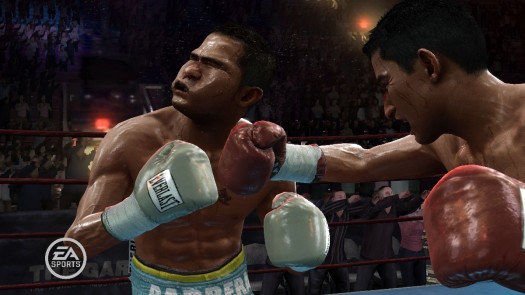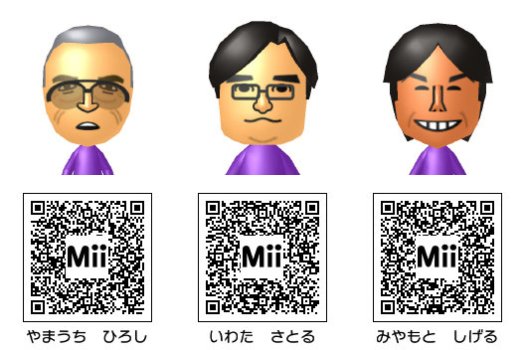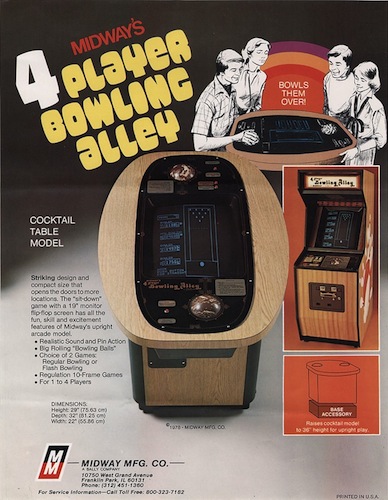<BELL RINGS>
“In the red corner weighting in at 110lbs is the TV, undisputed champion of the sitting room since 1954, the darling of countless billions who have succumbed to its simple soporific charms. In the blue corner, the nimble upstart, the Video Game console, weighing in at 8lbs, rocking thumbs since the late 70s, but claiming their first world crown in 1985. The object of parental dismay ever since, and a font of moral panics. TV has been repeatedly bested by the youngster over the years but now is the time for TV to fight back! …”
This fight is far from over and the title bout takes place each year in January in Las Vegas at CES. Las Vegas is more than gin soaked gamblers, lamenting their losses in gaudy palaces of deceit. It’s the battle arena for global consumer electronics giants to fire salvos at each other. Each device is slimmer, faster and more innovative than the next. Want a 4mm thin TV? You got it. A fridge that can chill a can of coke in five minutes flat? Waterproof Smartphone. No problem.
CES is significant as its there that SMART TV is publicly racing ahead. Adoption is yet to reach a tipping point, but the migration is clearly apparent and for the console manufacturers, SMART TV is a spectre that cannot be ignored. App Stores on the device allied with intuitive inputs, motion control, gesture control and voice recognition are all present in the latest TVs. The ‘Killer App’ of Kinect just got pulled into the host, Kinect and the 360 now look like a counterintuitive double act. They’re starting to resemble clutter in the early stages of obsolescence.
It used to be the case that a games console provided entertainment that the TV could not, this hegemony went unchecked for decades as screen manufacturers stood idly by watching Nintendo, SEGA and Sony make a killing, delivering visceral content through adopted hosts. By the time the Xbox came along the stranglehold was vice like and the need for a console to deliver games was unassailable. They were untouchable.
The Wii arrived. Dragging with it new input methods and consumers, who were the exact intersect of the TV/Gaming audience. The lines became blurred primarily as the consumers (primarily) didn’t care which device was delivering the experience. The Wii UI aped TV channels, and recalled an aged CRT screen. The shark had been jumped. The console was invisible. Then the single most seismic event ever to hit gaming came along. The equivalent of the asteroid that killed the dinosaurs. The App Store.
In hindsight the Wii’s achievements will be all but forgotten, seen as an anomaly, an old model based on hackneyed technology allied with unique ideas. The App Store opened the wallets of the non gaming ABC1 audience. The iPhone was a trojan horse, silver bullet and a vial of poison all wrapped into one. The games industry is still reeling from its impact. Its clear many will never get up from the suckerpunch.
The App Store explosion legitimized short form content delivery to the mainstream, and awakened every device manufacturer, to the fact they would to become a digital storefront. Many wastefully spent billions in an effort to mimic Apple, few succeeded. In 2012, It’s all about the audience. Samsung and LG command huge global audiences, engaging with them daily. They provide the warm blanket, the reassuring voice and the window on the world. TV is second only to the mobile phone as the ultimate ‘personal’ device. People love TV. Watch as they place them on walls, pushing family portraits to one side. Placed on an altar for the worship of false prophets.
TV as a concept crushes the Video Game a billion times. Video Games are niche. TV is Simon Cowell. TV is a huge metal fist in a velvet glove, the host will defeat the parasite, and the content will migrate into the TV. The consumer has ceased to care. Fanboys are a niche that are no longer the target of the console manufacturers attention. The irony is that the console manufacturers are driving convergence, with motion control and the drive to turn Xbox LIVE into a ‘entertainment destination’, thereby quickening the infection. The 360 has mutated from a core gaming platform to a set-top box in an aim to capture the lapsed Wii audience. The problem? This audience has already made the jump to mobile and tablet, and they’re not coming back.
To the console manufacturers who think this won’t happen, I have one word. Kodak.
Video Games consoles are laid on the canvas bleary eyed, as the referee stands over them counting …
< … 7, 8, 9 … Its time to throw in the towel … >












